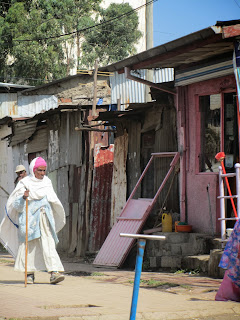After a three year absence from Vancouver Geneva Cape Town feels more like ‘home’ these days and I will miss it desperately but I need to earn some hard currency, which the Rand decidedly is NOT, before relocating to Switzerland Cuba state of mind lately, hoping to reach its shores before the death of Castro and the opening of borders to America Vancouver
I fell madly and deeply in love with Cuba Cuba South Africa Cuba
First, it is a very safe place to travel. With a regime that threatens thirty year prison sentences for killing your cow (the government owns 50% of every animal) you can only imagine the penalties against anyone caught violating a tourist, tourism being the bread and butter of the Cuban economy. This means that apart from pickpockets there isn’t much to worry about. What is a scary proposition however is taking a long distance taxi. Think no seat belts, no suspension and no breaks. Oh, and no sticking to one side of the road. Luckily there isn’t much traffic since few outside the cities have cars, but it’s not an experience for the constitutionally weak.
What they say about the food is true. Cuba
A cursory scan of Varadero left me under whelmed so my trip began in Trinidad , a 500 year old UNESCO site situated on the south coast. Think cobble stone streets and rainbow row houses with ornate trims. The streets are the domain of horse drawn carts, bicycle taxis and the occasional 1950s American car. It seems like much of the population doesn’t work, instead spending their days on the doorstep. Life is lived publicly – all street facing windows open wide onto private living rooms and much takes place on the sidewalks out front. Grocery stores are almost empty save a few eggs and random products. No snacks, no supermarkets. It’s a little confusing when you are used to having access to so much how little is actually for sale here.
Following the advice of friends, I booked myself into a casa particulare, which is the best and often only way to stay while travelling outside Cuba
Unfortunately the weather was iffy in Trinidad ; apparently it was the start of hurricane season so every afternoon brought a serious thunderstorm and cascading streets. One eventful day we narrowly missed being incinerated by lightening while lining up at a horse drawn beer cart; I was left feeling electrically charged. Another time it rained so hard that a friendly local had to shelter us in her house until it abated. Our lack of Spanish meant we weren’t able to muster much conversation beyond hand drawn air pictures but after an hour our arms were tiring from all the gesturing and it was time to move along. As a parting gift they presented us with fresh mangos. This is how friendly the local Cubans are – where else in the world do they invite you in for shelter and then give you presents? We decided it would be funny to hire a bicycle taxi back to our casa because by this time the streets had transformed into gushing white water rapids – it’s a miracle we didn’t get washed away and it made for the most interesting bike ride of my life so far. That night, I joined a group of Germans on an outing to the local night club, located in a giant underground cave and reachable only by traversing unlit, dirt paths through a large-scale construction zone. The setting was spectacular, though the scene left a little to be desired and the cave ceiling dripping into our drinks was a bit on the icky side. Possibly the most exciting aspect was narrowly missing a giant scorpion in the middle of the dirt path.
The next day, craving some beach, we hopped on a moped and drove through the lush greenery down to Ancon, a white sand beach with clear turquoise water the temperature of a warm bath –ah, the Caribbean. From there we hired a catamaran and sailed out to a coral reef about a kilometre off shore for some snorkelling. It wasn’t quite up to Hawaiian standards but still made for some fun. The rest of the time in Trinidad was dominated by serious cigar smoking (are cigars addictive? Because damn did I crave them for weeks following my return); black market, back room cigar dealings and cigar factory touring; and lots of cocktails and music – live, glorious salsa and dancing in the streets late into the night. It was magical. While the government may be strict, life is lived with joie de vivre. This is not what I expected to find in one of the last strict communist regimes.
Other stops included Cienfuego, with its French colonial buildings and Santa Clara Cuba ’s frenetic capital, Havana Havana Havana Havana
Politics is inescapable in Cuba
If you’re a literature fan, Havana Rome
I think I can safely say that I have now seen quite a lot of the world – this is country #40. I started this blog too late in my travels hence missing covering a lot of really interesting places I have already been. But Cuba




































